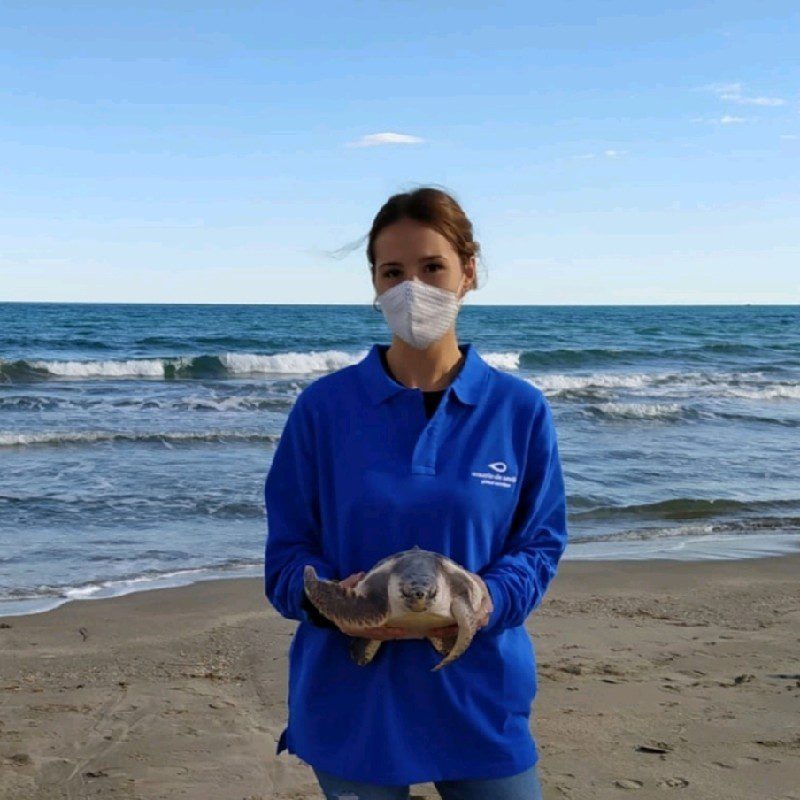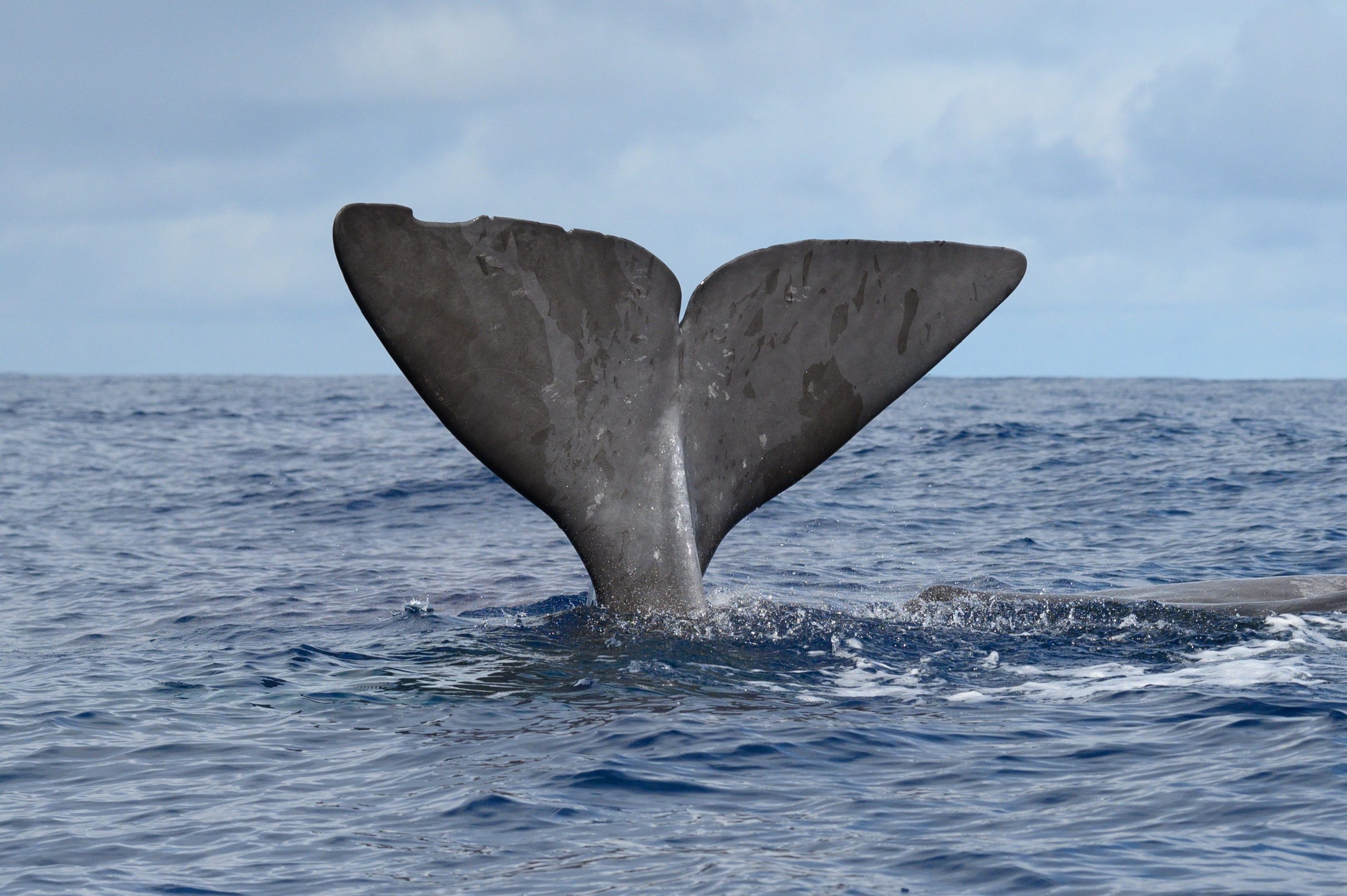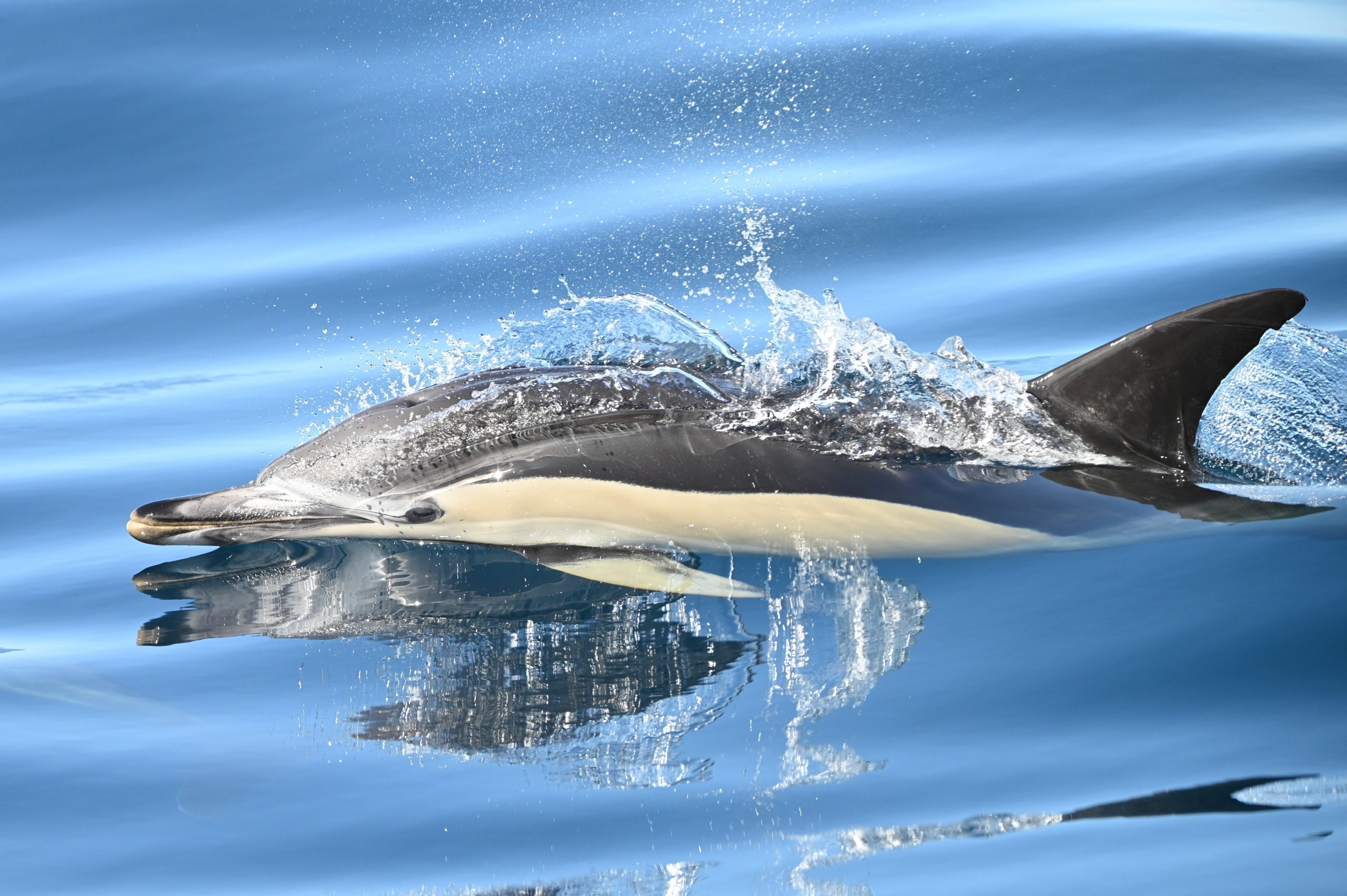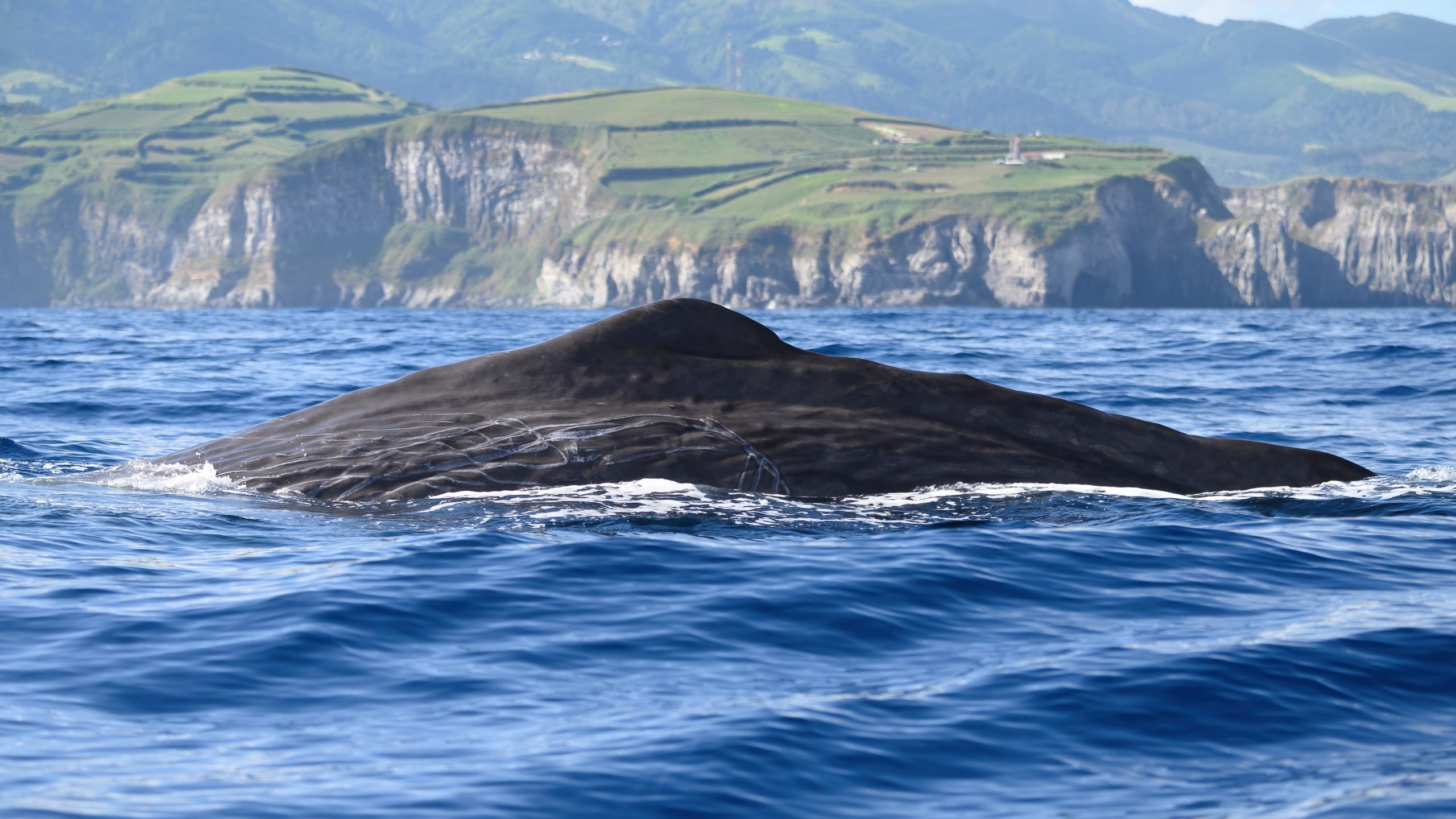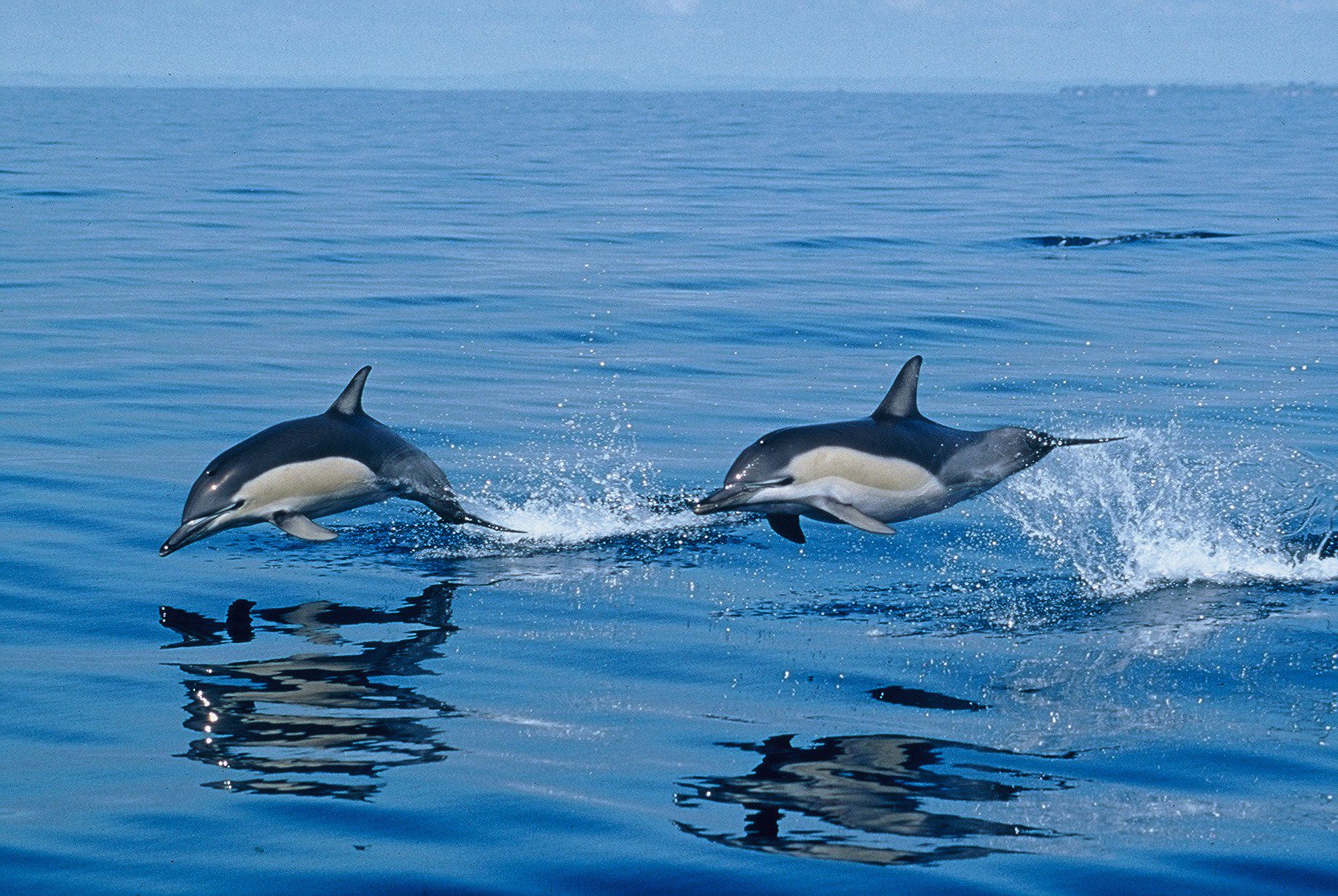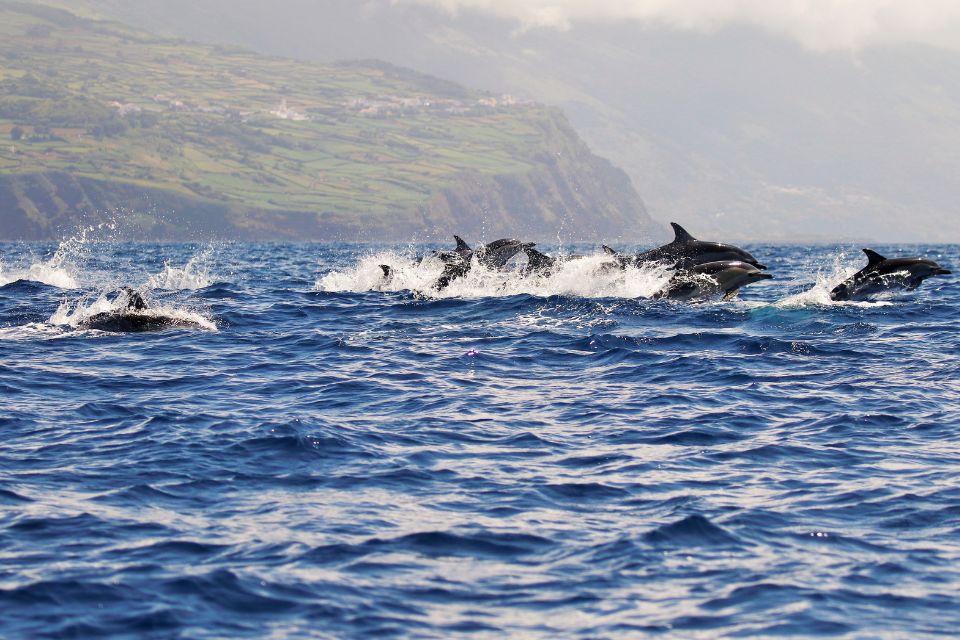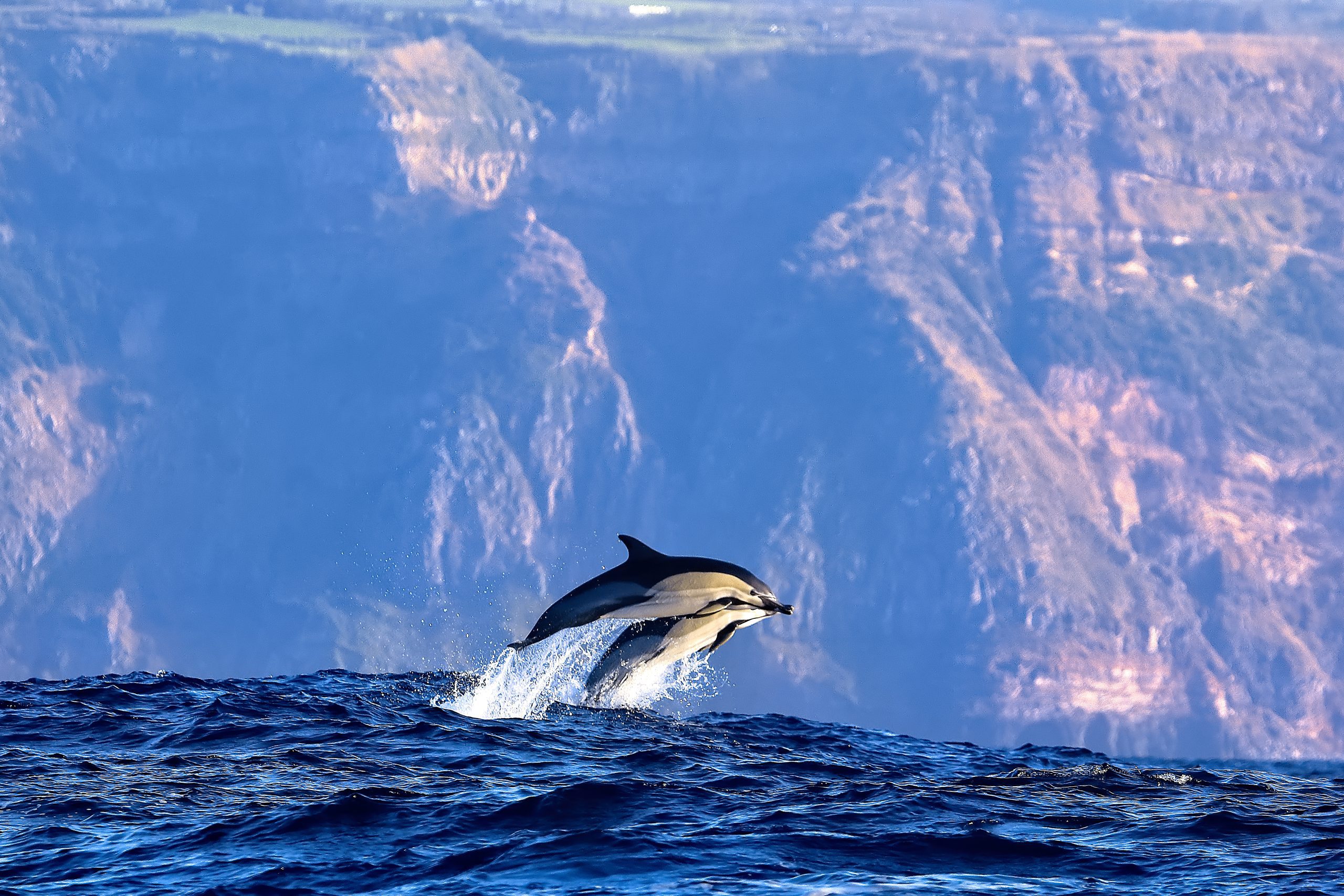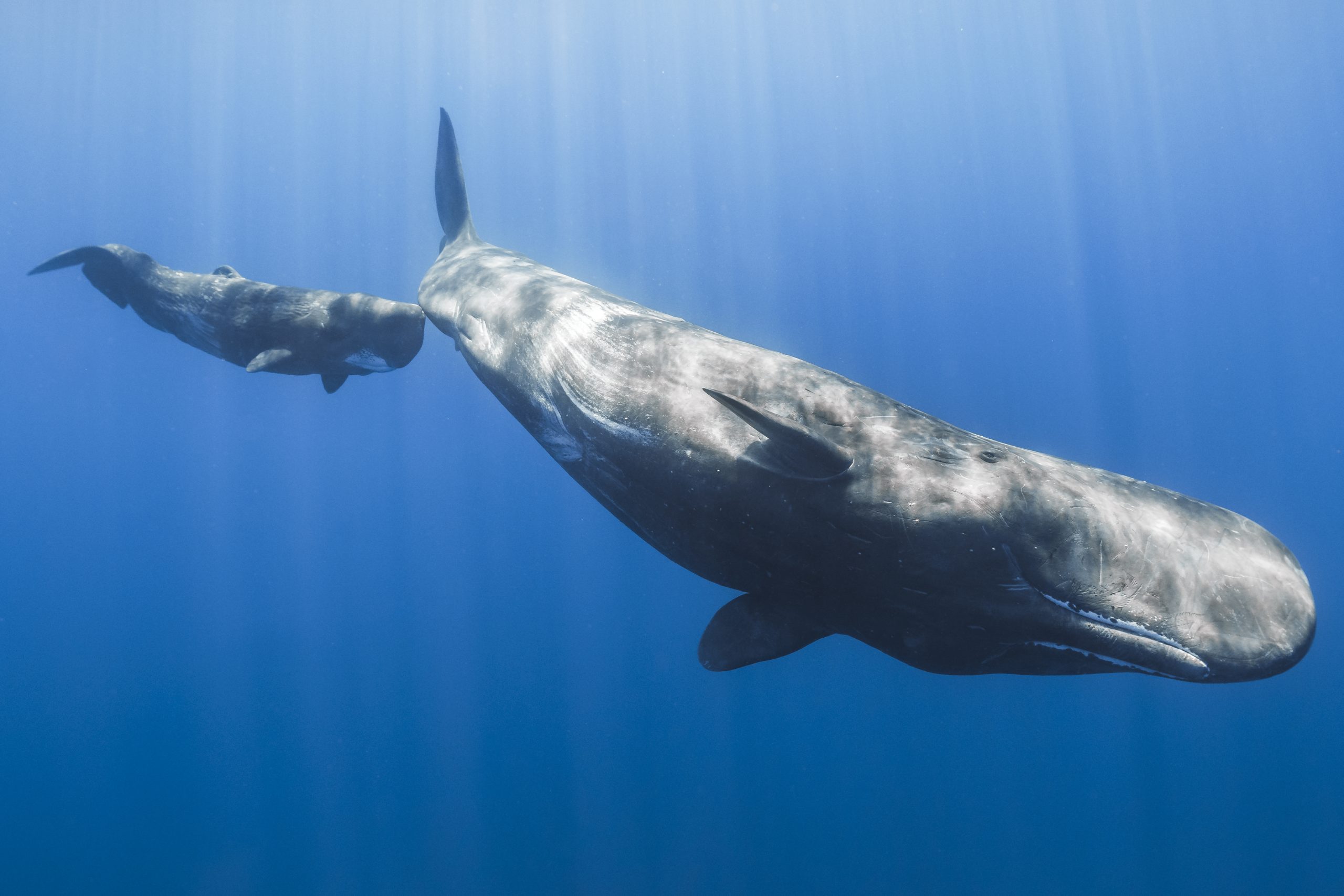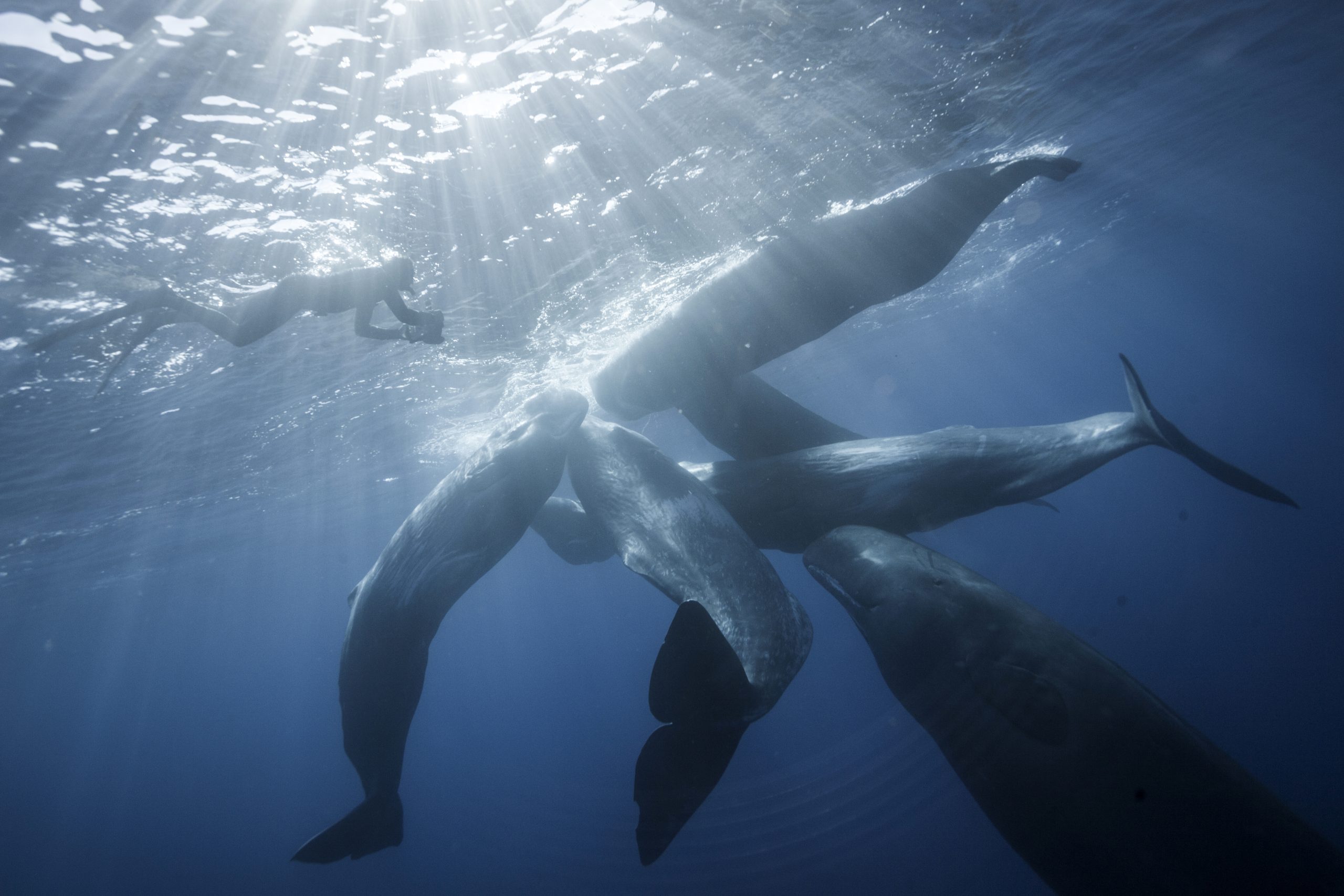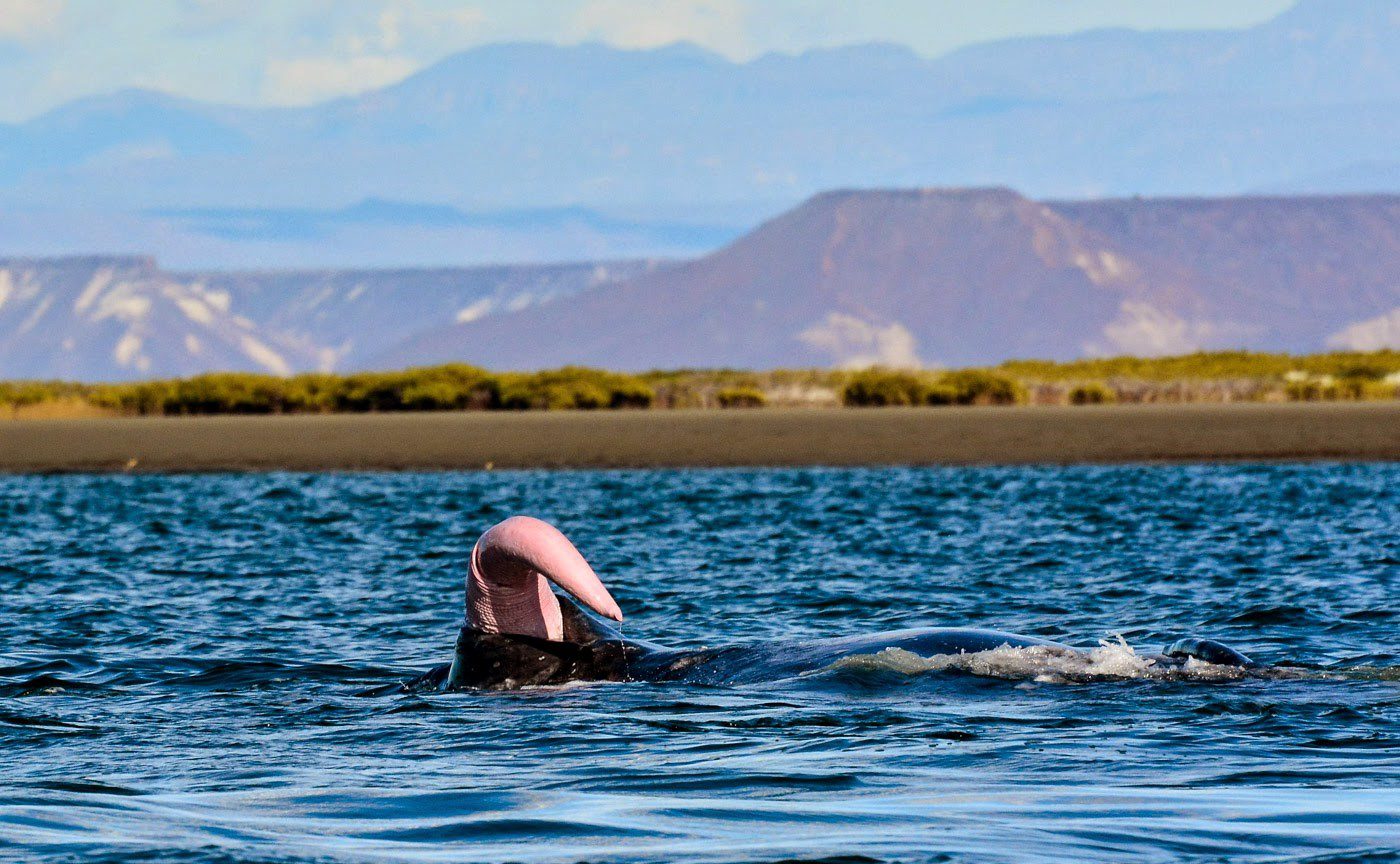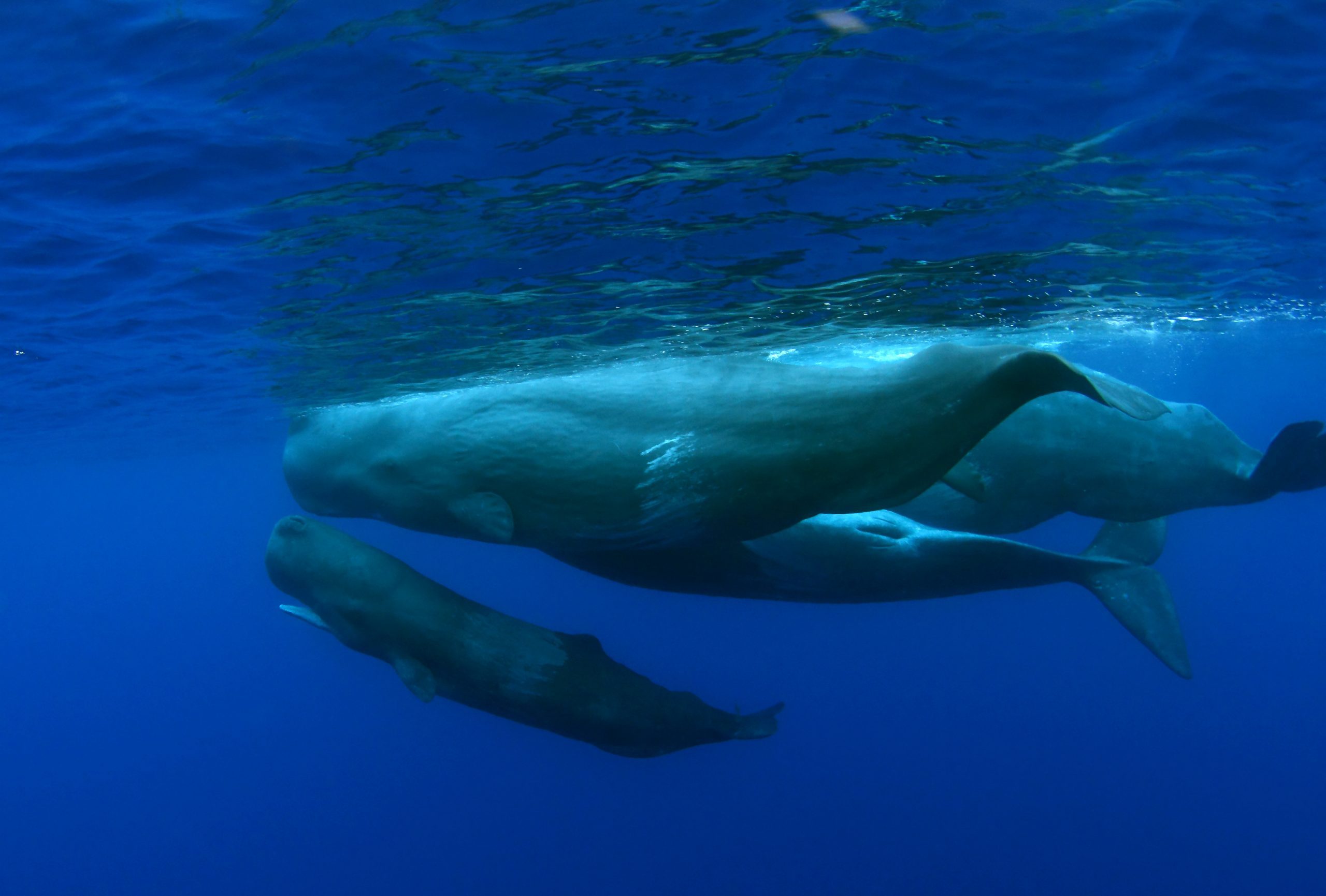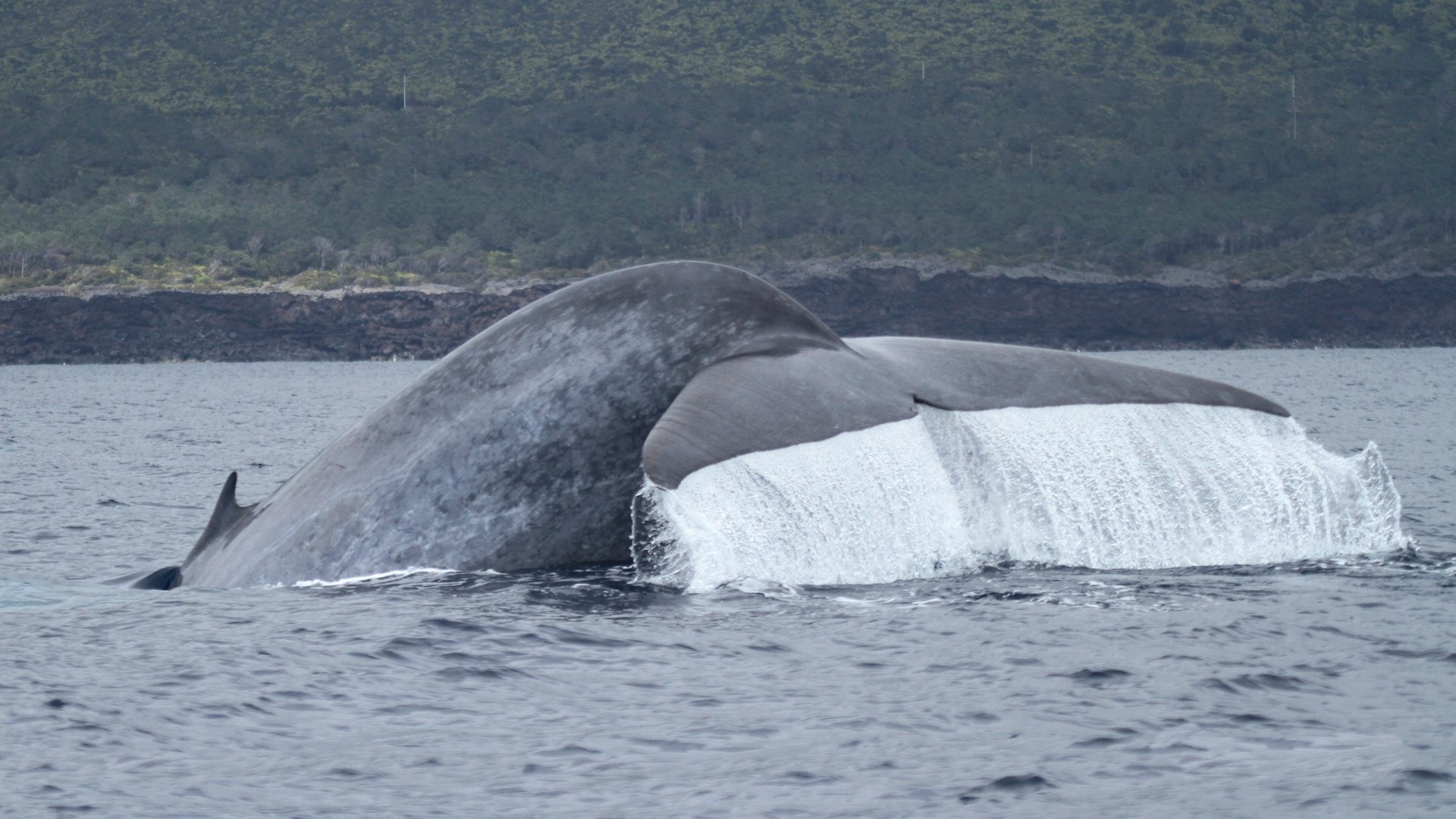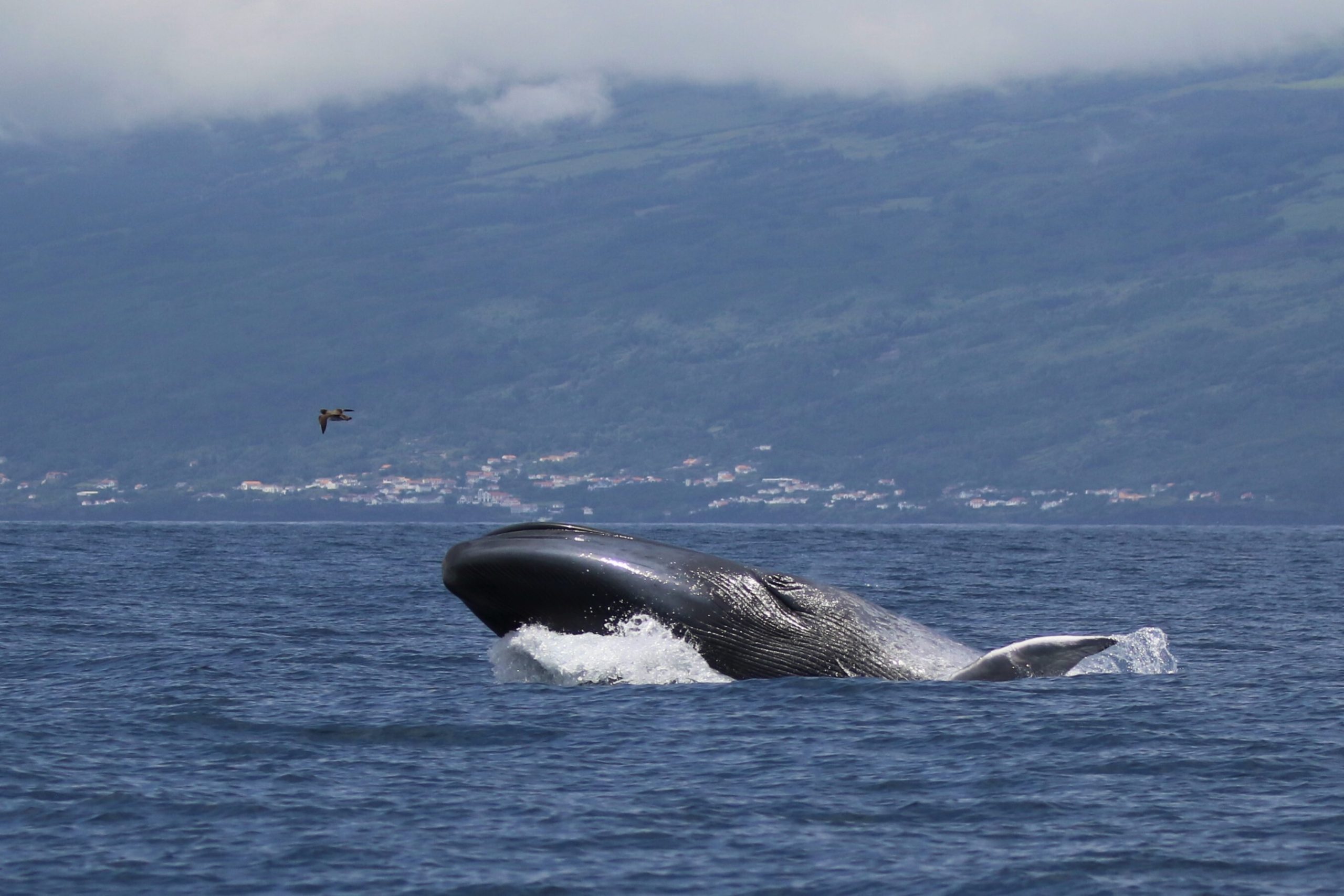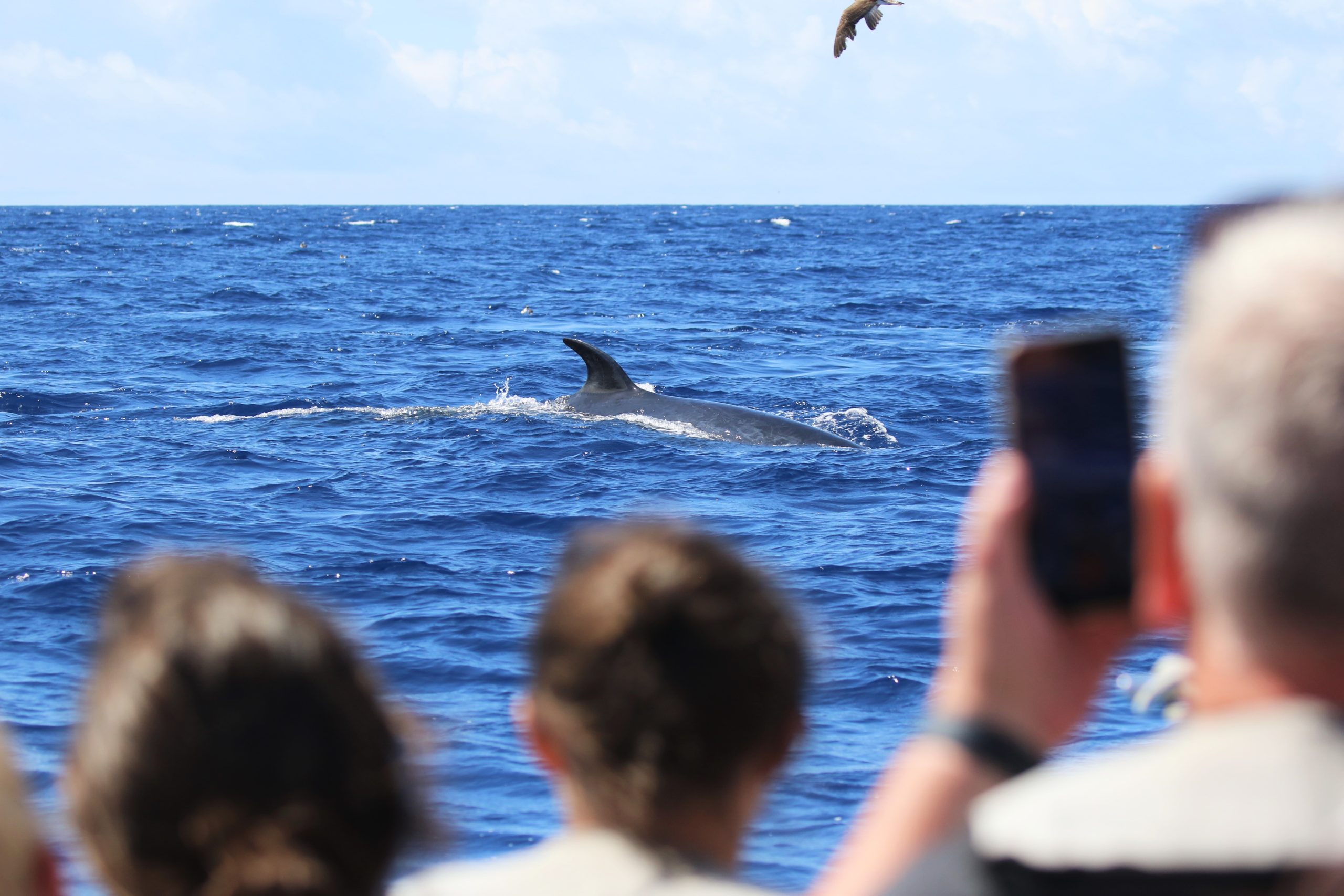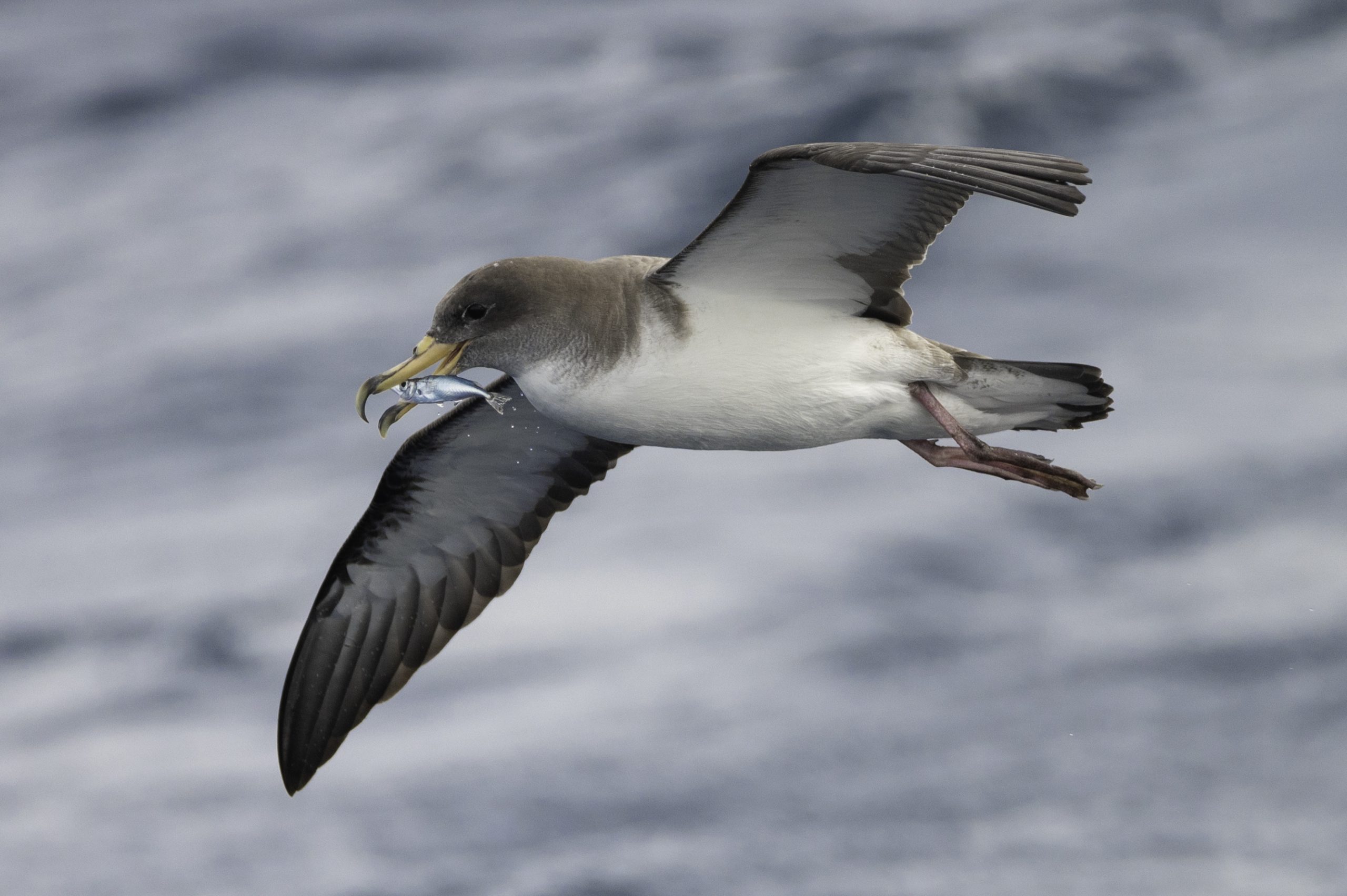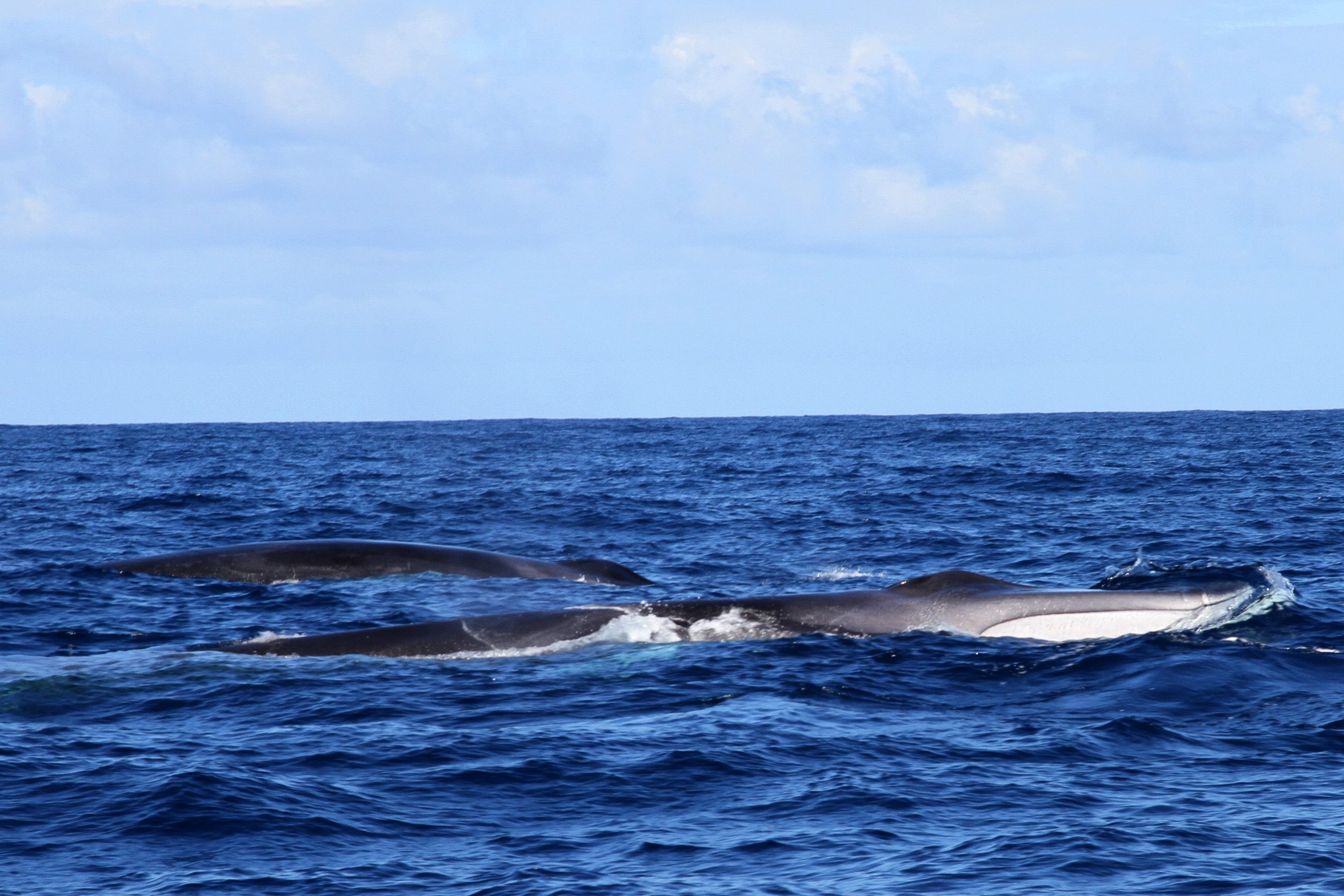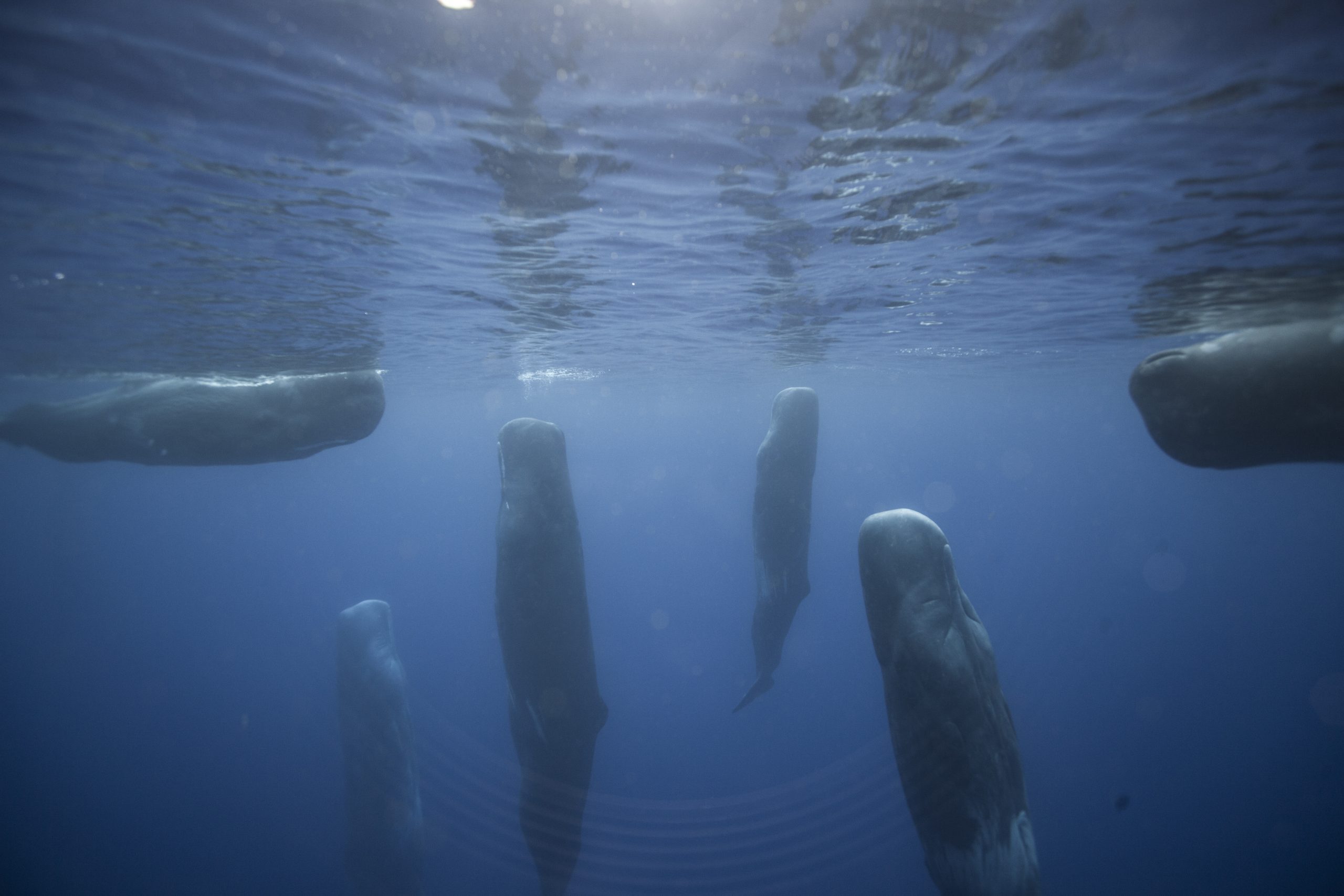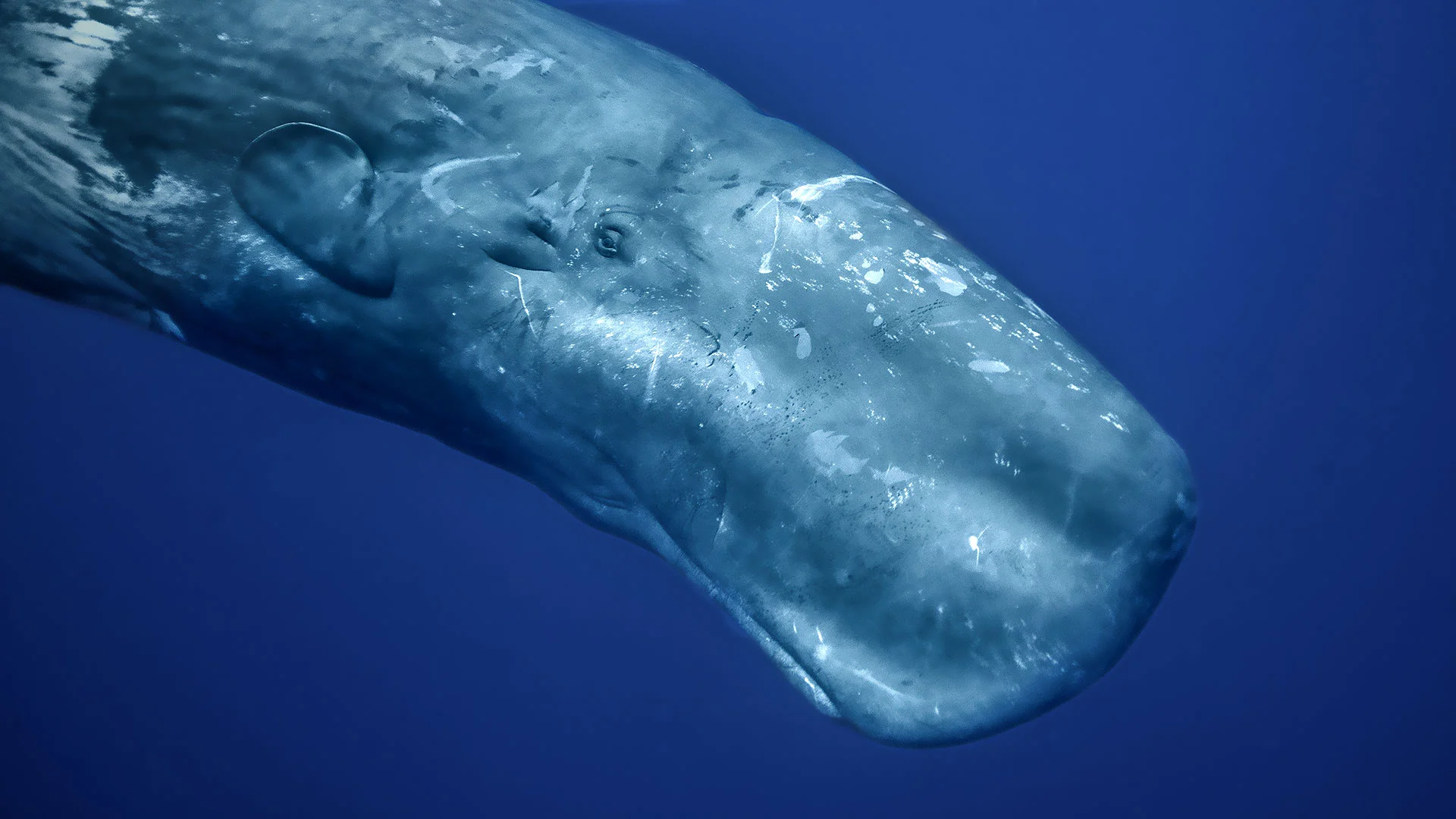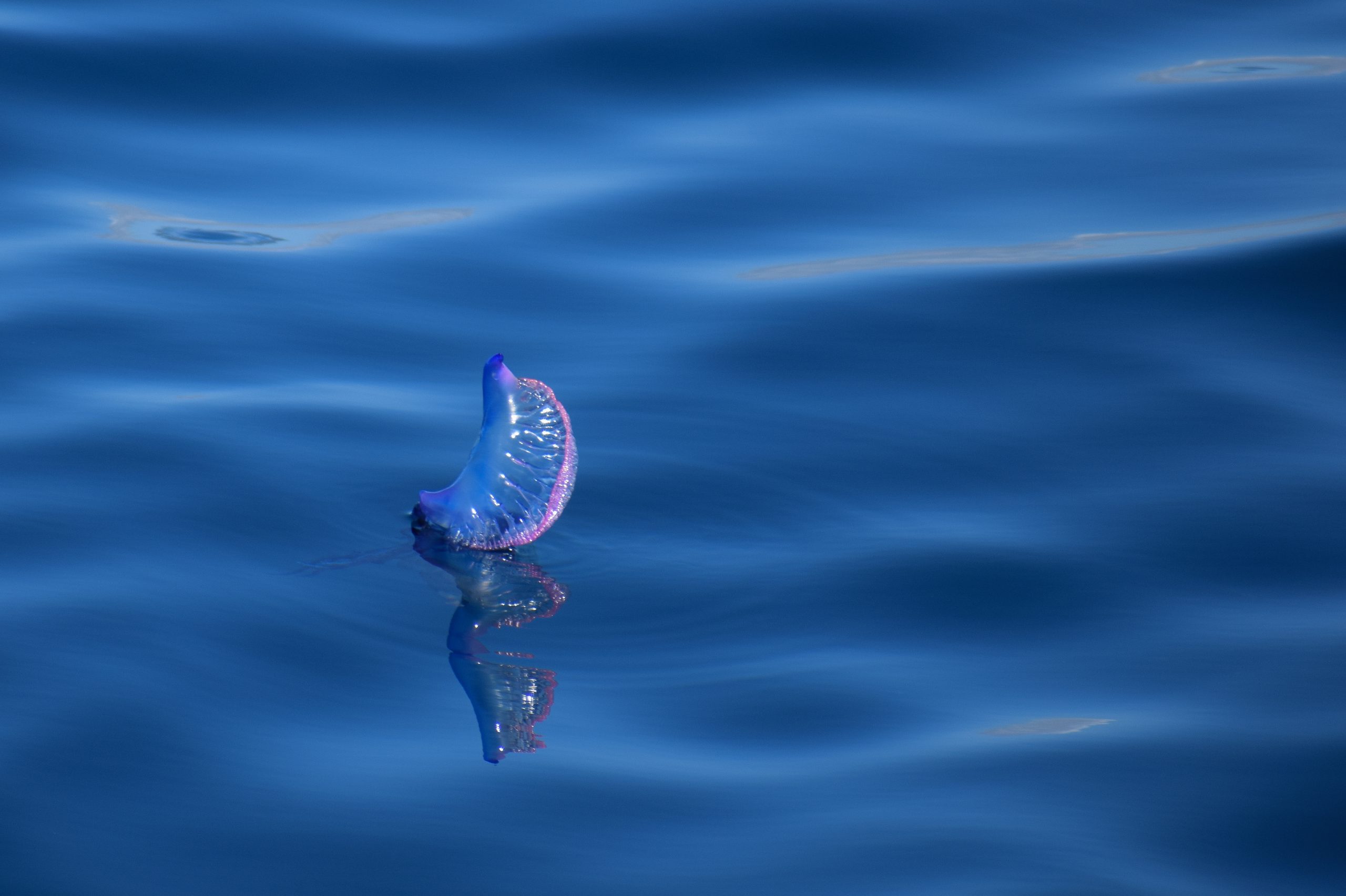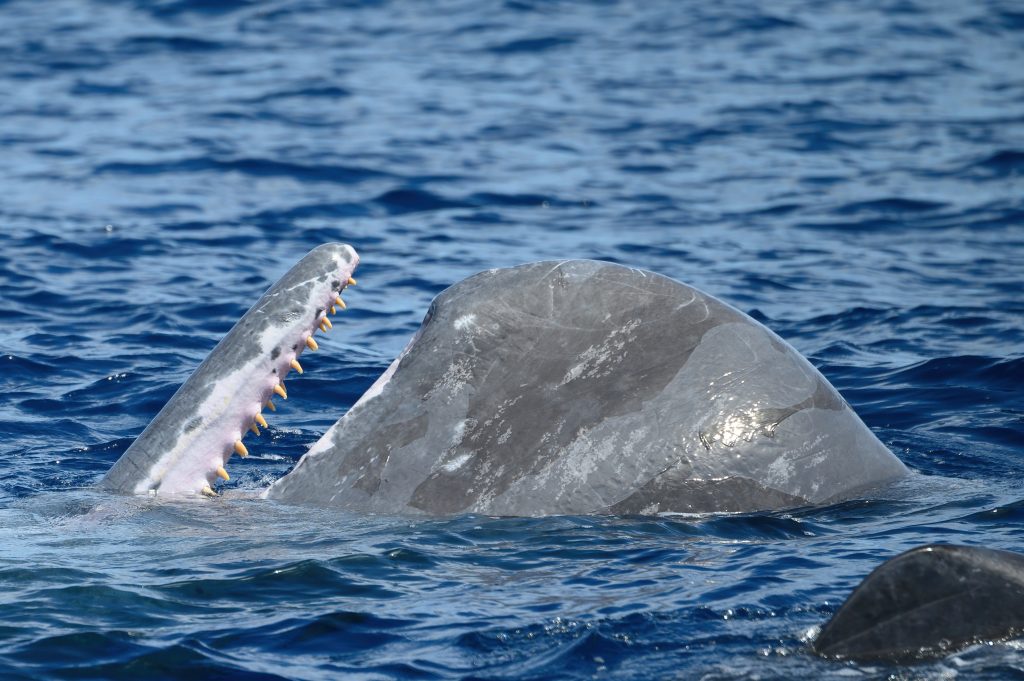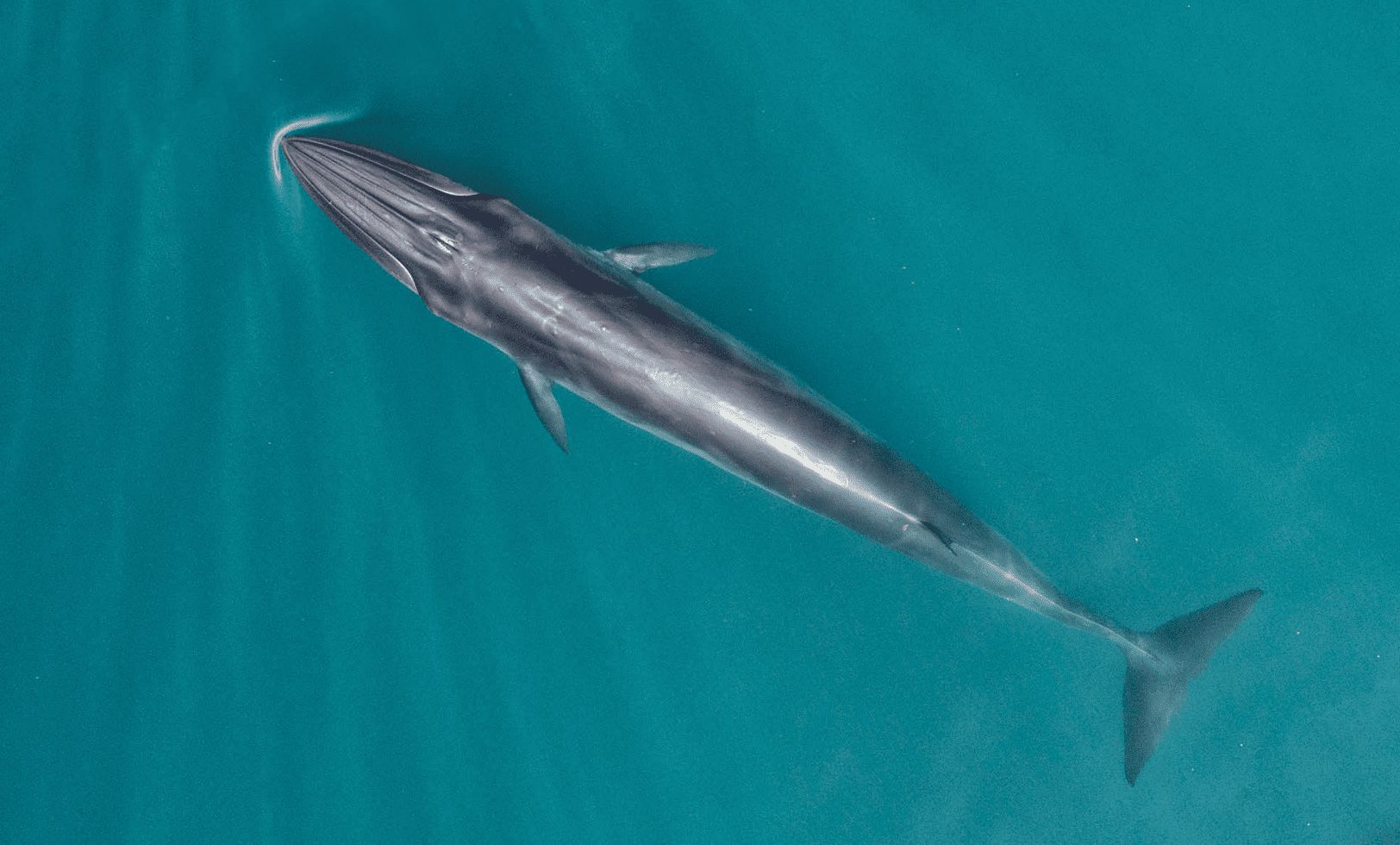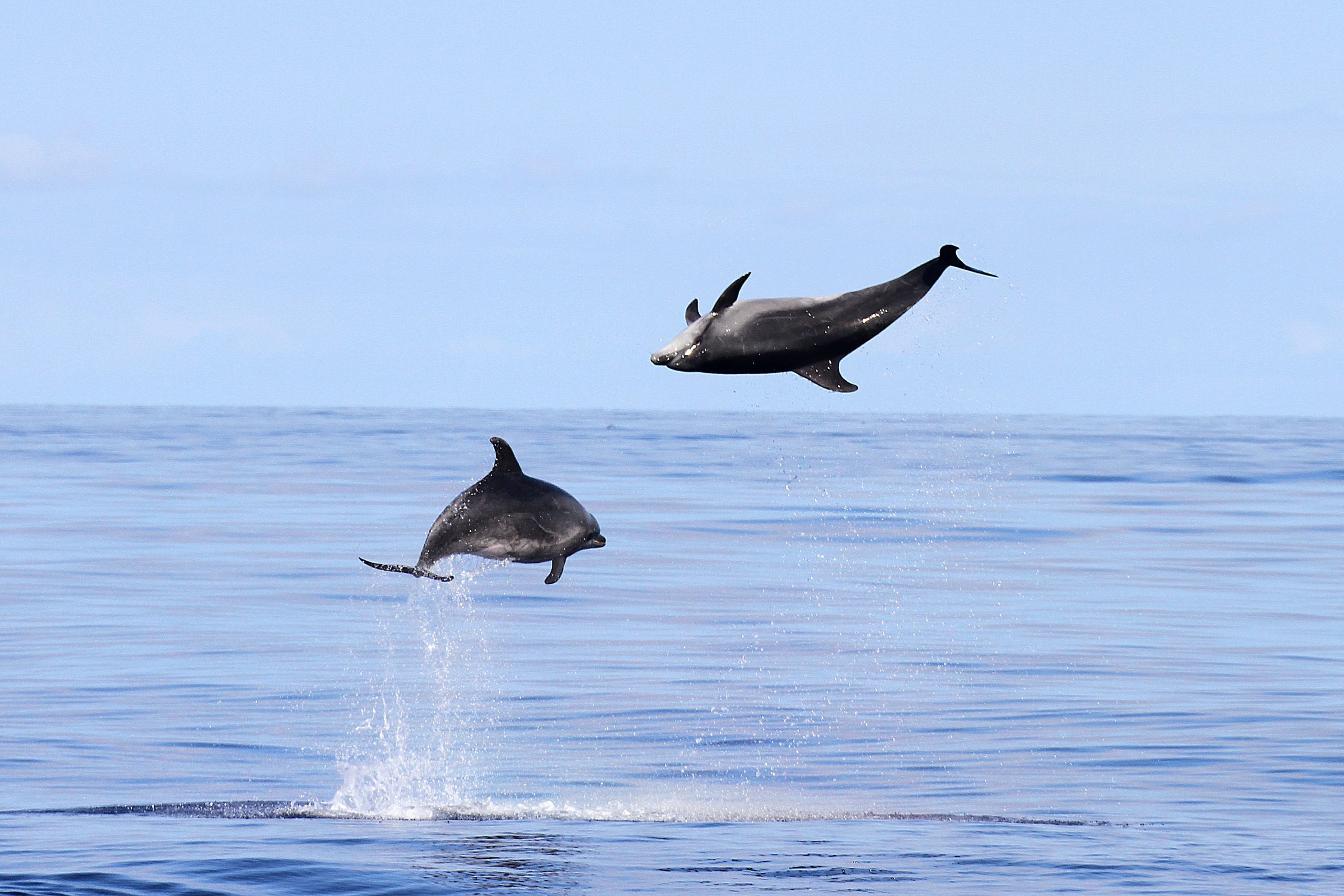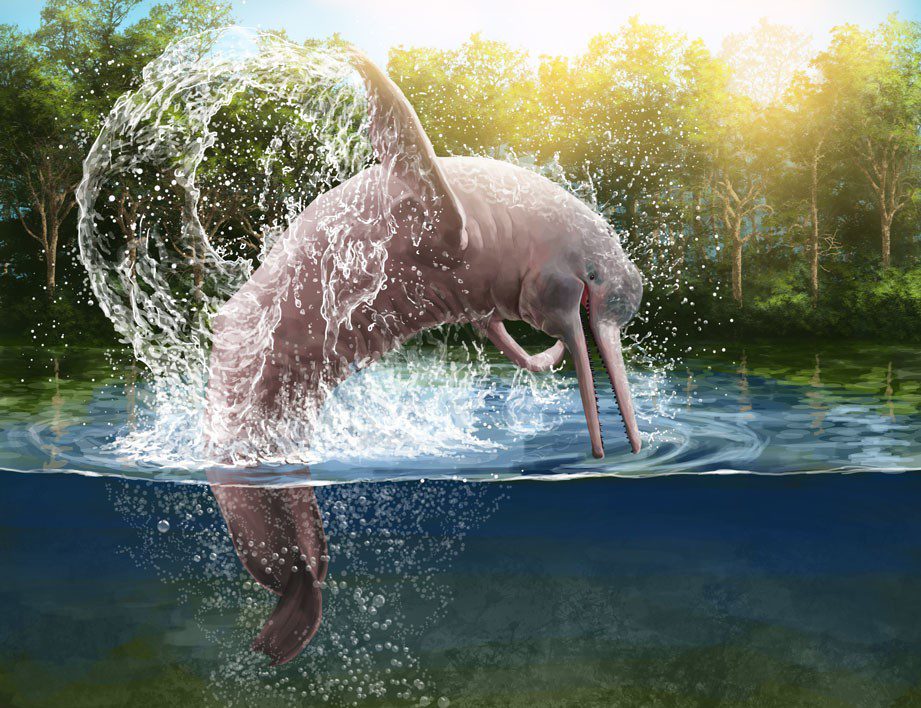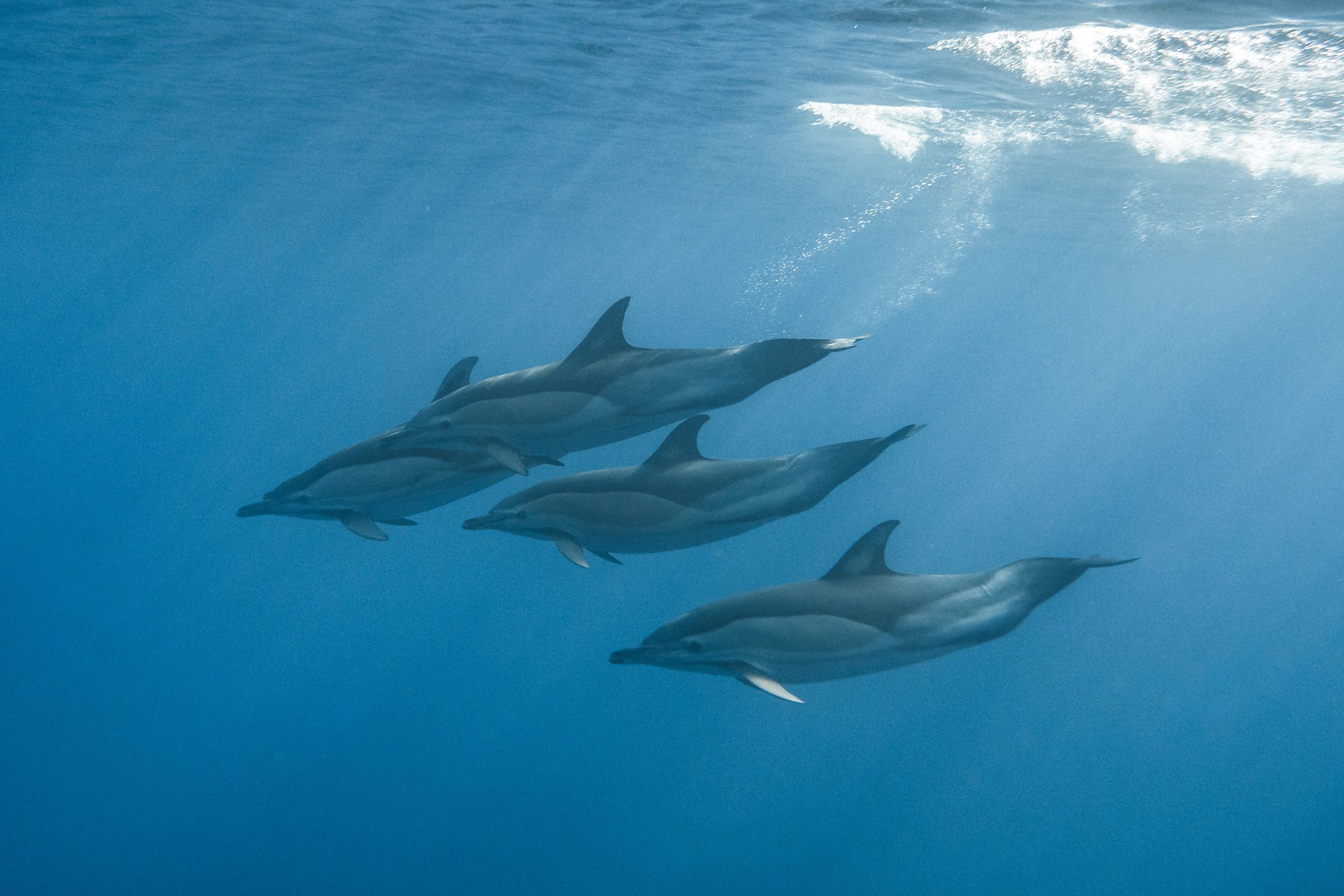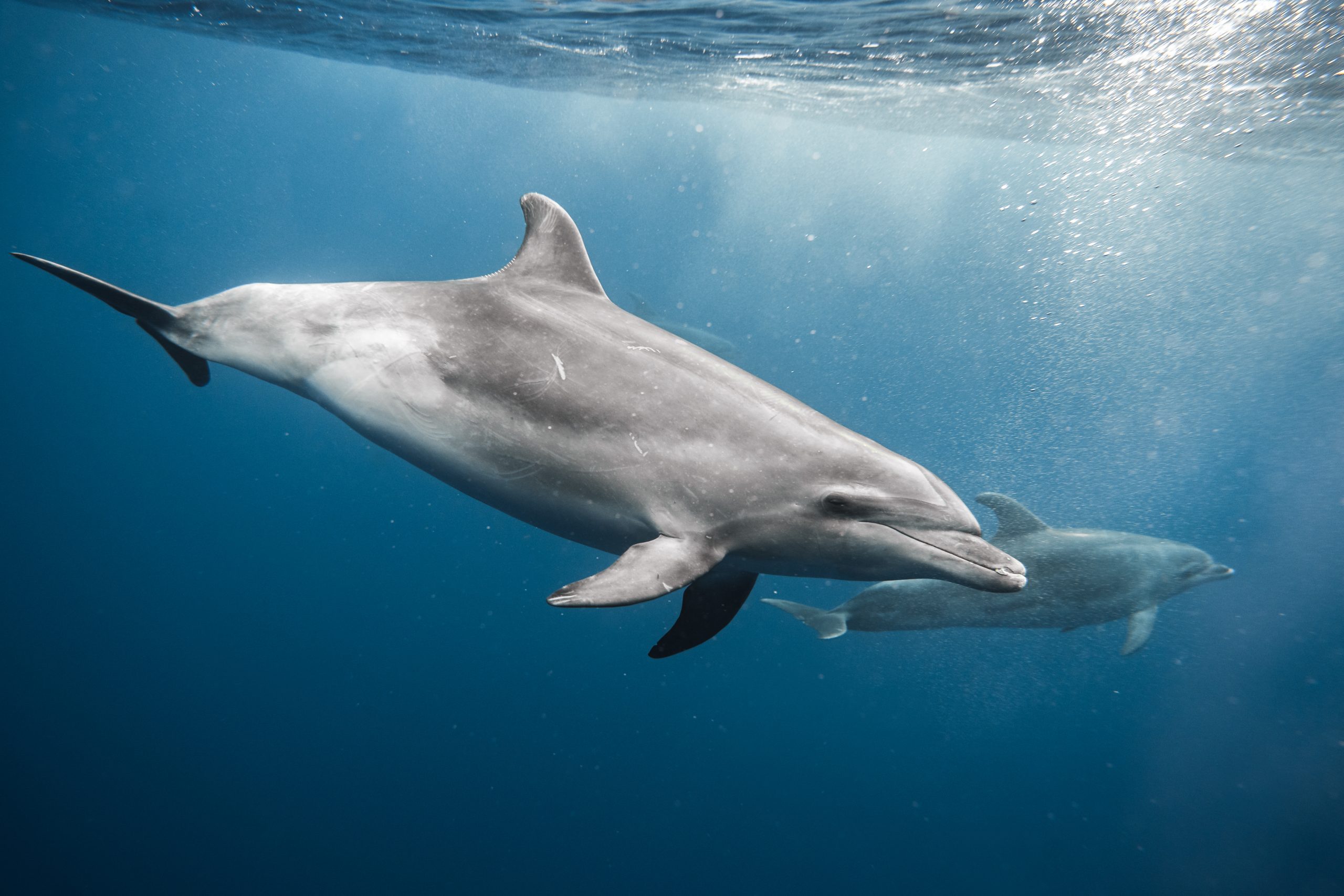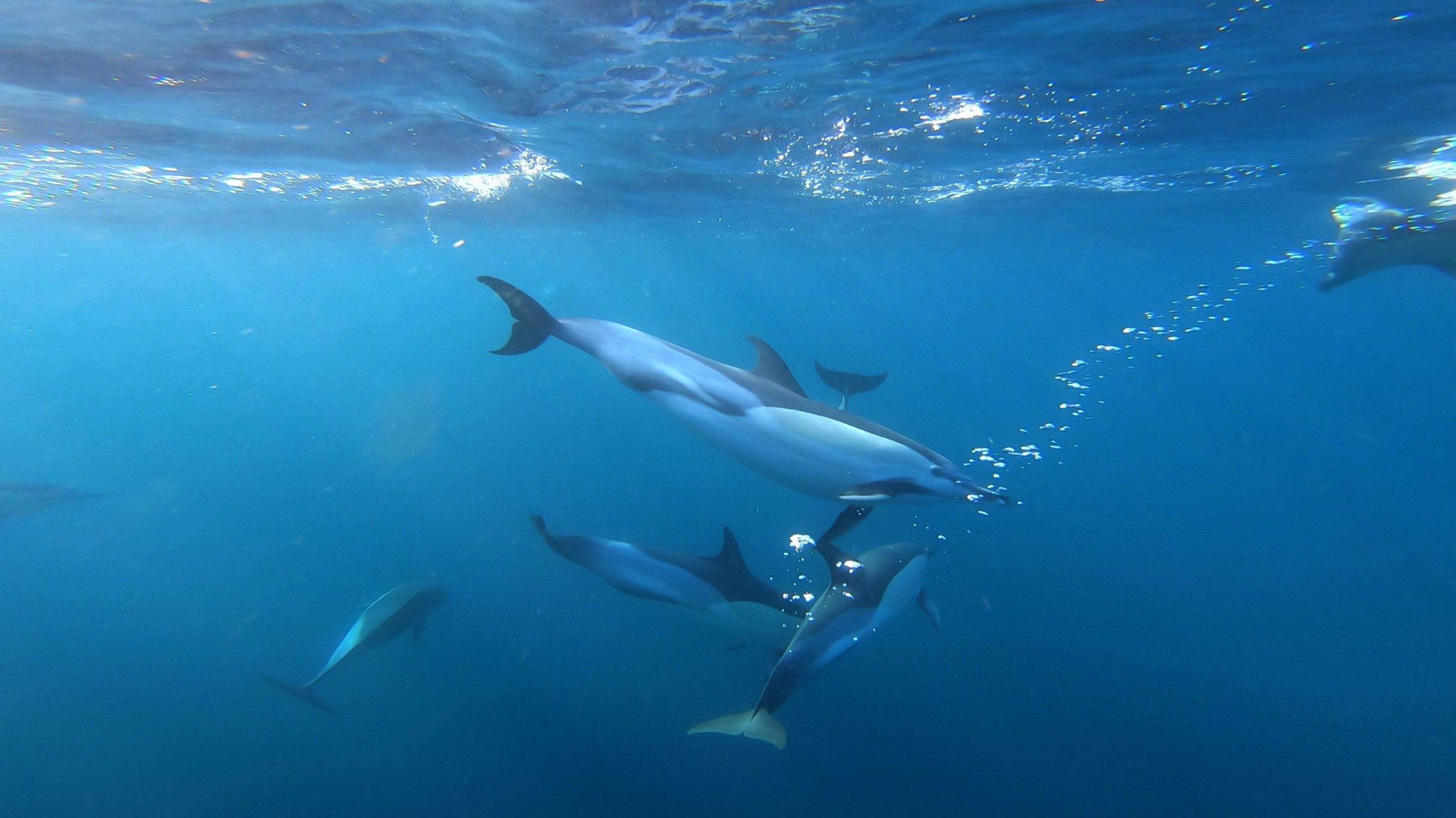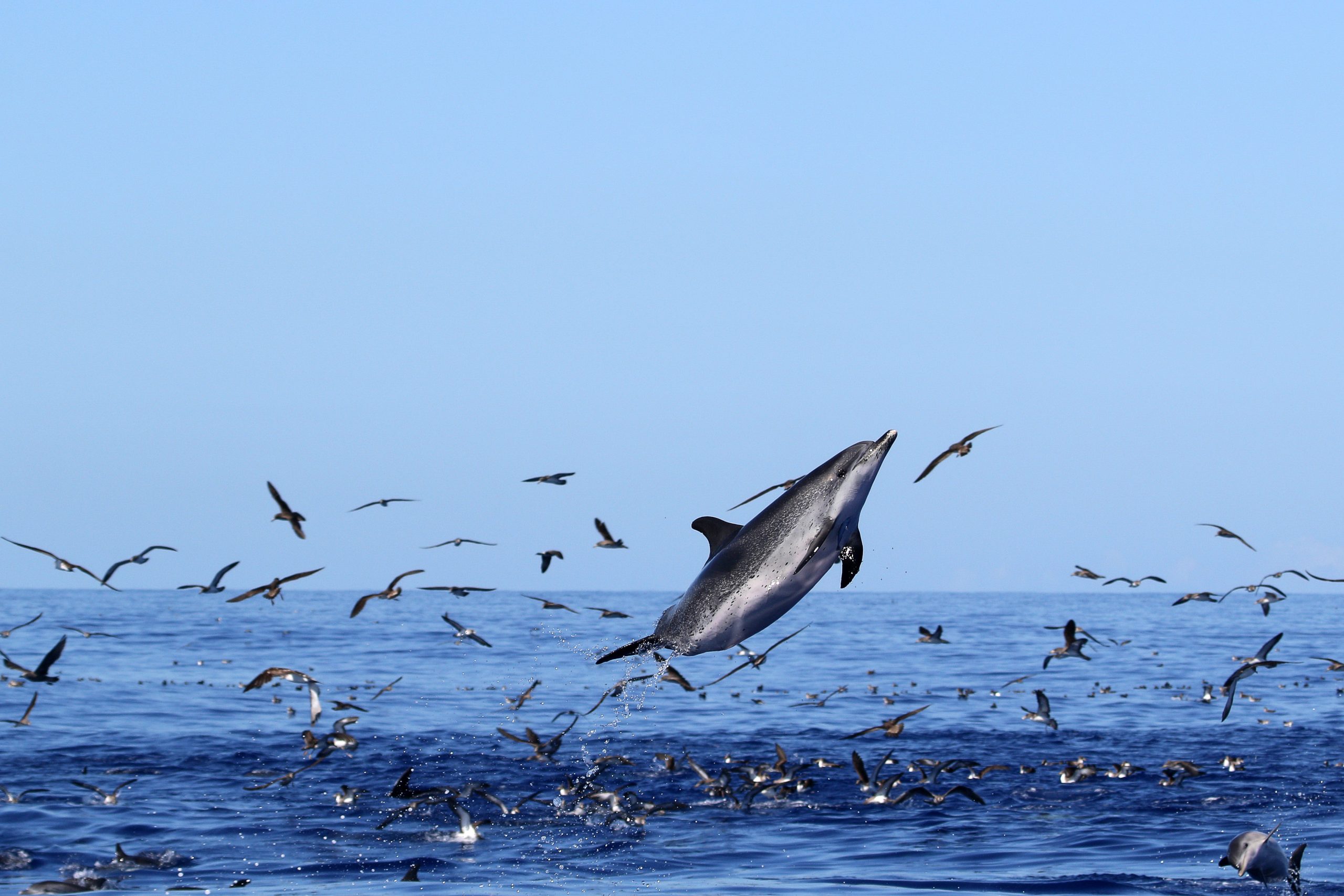When it comes to whales and dolphins there is usually a bit of confusion. Are they fish? Are they mammals? But does it even matter what group are these animals in? Well, one thing is for sure… it does matter! As much as they can seem similar, fish and marine mammals have a lot of different features. Among others, the way they carry their babies and the way they nurse them are some of the main differences between these two big groups of marine animals. Do whales and dolphins lay eggs like fishes? Keep reading to find out!
Do whales and dolphins actually lay eggs?
They are marine mammals
Whales, dolphins, and porpoises are what we, marine scientists, call cetaceans. Basically, cetaceans are marine mammals that are fully adapted to life in the ocean. Thus, as mammals, cetaceans are closer to us than fish. Why? You’ll understand this in a bit.

As already said, fish and marine mammals do not share the way they carry their babies or their nursing behavior. But still, can whales and dolphins lay eggs? In fact, marine mammals carry their babies in the same way as we do, in an amniotic sac inside the mother’s womb. Indeed, whales and dolphins have internal fecundation, carry their babies, and give birth to live young. Besides, marine mammals take care of their babies once they are born and they breastfeed on the mother’s milk, whose compounds are a bit different from human’s.
Did you know
Cetaceans are uniparous, which means they give birth to just one newborn, although twins and even triplets can happen too.
On the other hand, most fish species carry their babies in eggs that they lay in specific spots. Once the eggs are hatched, the larvae will emerge and live on their own.

✨ Related articles: Are Dolphins Endangered? | Are Pink Dolphins real? | Do Dolphins Eat Tuna? | Do Dolphins Smell? | Do Whales & Dolphins Lay Eggs?
Differences between fish and marine mammals
However, there are not only differences between fish and marine mammals regarding their reproduction features, but also in their respiration and diving physiology.
Cetaceans have lungs, which means that they cannot breathe underwater but they need instead to come up to the surface to breathe, catching up the oxygen from the air. So yes, they are great freedivers! Now, the time they last underwater depends on the species and size of the individuals, oscillating between 5 and 60 minutes. Unlike cetaceans, fish have skin folds called gills that they use to capture the oxygen from the water, the reason why they don’t have to go to the surface to breathe.

✨ Related articles: How do Dolphins Mate? | How do Dolphins Sleep? | How do Whales & Dolphins Communicate? | How is a Group of Dolphins called? | Top-3 Facts & Curiosities about Dolphins | What Do Dolphins Eat?
Gestation process
As said before, cetaceans get pregnant with one baby and once it is born, they breastfeed them with the mother’s milk. The duration of the pregnancy as well as the times they get pregnant along their lives will depend on the species. In the next table, several species of whales and dolphins ordered from bigger to smaller species, are shown with their respective calving, gestation and weaning times.
| Species | Common name | Gestation | Calving | Weaning |
| Balaenoptera musculus | Blue whale | 10 – 12 months | 2 years | 6 – 8 months |
| Megaptera novaenglidae | Humpback whale | 11 – 11.5 months | 2 years | 10 – 12 months |
| Physeter macrocephalus | Sperm whale | 14 – 16 months | 5 – 6 years | 2 years |
| Balaenoptera acutorostrata | Minke whale | 10 – 12 months | 1 year | 4 – 6 months |
| Orcinus orca | Orca | 15 – 18 months | 3 – 8 years | 1 – 2 years |
| Globicephala macrorhynchus | Short-finned pilot whale | 14 – 15 months | 3 – 5 years | 2 – 3 years |
| Tursiops truncatus | Bottlenose dolphin | 12 – 12.5 months | 3 – 6 years | 1.5 – 2 years |
| Delphinus dolphis | Common dolphin | 10 – 11.5 months | 1 – 4 years | 10 – 19 months |

On average, cetaceans’ pregnancy lasts around one year, and once they are born, calves will stay with their mothers between one year – as it is the case of common dolphins – and 8 years, being this the maximum time orca’s calves can stay with their parent. As marine mammals, calves feed on the mother’s milk for a period that will again depend on the species.

Birth and first few hours of the newborn
The fetus is developed inside the mother’s womb for around one year, folded to the right or to the left side with the tail placed nearby the cranium. In fact, once they are born, they get the called fetal folds; some marks of the folding position that are visible in the newborns from weeks to months after birth. We can see this quite often in our whale and dolphin watching trips.

When in labor, it has been seen that sometimes the mother can suffer from strong pains and the birth can last for a few hours. The newborn’s first projection throughout the mother’s vulva is the caudal fin. As mammals, cetaceans have a relatively similar pregnancy to humans.
The fetus will be fed with the nutrients coming from the mother through the umbilical cord.
Baleen whales’ mothers, such as blue whales, do not eat the placenta nor bite the umbilical cord once the calf is born, unlike it occurs in other mammal species. Instead, the calf can be connected to the mother after the birth for some days, as it may happen with some dolphins too. However, it has been observed in some dolphins that the separation has been made right after the birth, once the mother continues swimming for some meters. And yes, once the umbilical cord is fallen, they get the belly button too.
RELATED TOUR Whale and dolphin watching from Ponta Delgada | Book Now!
Once the babies are in the giant blue, they need to learn how to breathe. And at least the first breath of the newborn is induced by the mother and other members of the group, as they push it towards the surface.

What do calves feed on and how
As mammals, cetaceans’ calves will feed on the mother’s milk for a period that, as said before, will depend on the species – check table 1, weaning’s column for specific species information. Now, cetacean milk is quite different from cow’s or human’s milk. Let’s think about it: if it was as liquid as human milk it would easily disperse in the water, thereby, cetacean milk has a larger amount of fats than human milk. Thus, milk gets thicker, with a yoghurt-like consistency, avoiding its rapid spread through the water.
Moreover, cetaceans have their own mechanisms to avoid the dispersion of the milk themselves. For example, mammary glands are ‘hidden’ in folds in the ventral part of the animal so that for most of the species – with exception of baleen whales’ species –, calves have to insert their lower jaw into these folds in order to drink the milk.
Did you know
Cetaceans are born in the opposite direction as humans do, they first will emerge the tail and last, the head.
Unlike human babies, who grow slowly during the lactation period, cetaceans’ calves rapidly grow in size from birth to weaning, as they will have to be strong enough to come across all the wild dangers. That is why the amount of milk produced by the mother must be extraordinary, as well as highly nutrient-rich.
In conclusion, whales and dolphins do not lay eggs because they are marine mammals.
Therefore, they give birth just like us humans. However, gestation depends on the species. But the concept stays the same. In other words, humans and cetaceans have more things in common than you could imagine.

References
Berta, A., Sumich, J. L., & Kovacs, K. M. (2006). Marine mammals: evolutionary biology (Elsevier (ed.); 2nd ed.).
Oftedal, O. T. (1997). Lactation in whales and dolphins: Evidence of divergence between baleen- and toothed-species. Journal of Mammary Gland Biology and Neoplasia, 2(3), 205–230. https://doi.org/10.1023/A:1026328203526
Slijper, E. J. (2021). On Some Phenomena Concerning Pregnancy and Parturition of the Cetacea. Bijdragen Tot de Dierkunde, 28(1), 416–448. https://doi.org/10.1163/26660644-02801049
West, K. L., Oftedal, O. T., Carpenter, J. R., Krames, B. J., Campbell, M., & Sweeney, J. C. (2007). Effect of lactation stage and concurrent pregnancy on milk composition in the bottlenose dolphin. Journal of Zoology, 273(2), 148–160. https://doi.org/10.1111/J.1469-7998.2007.00309.X

